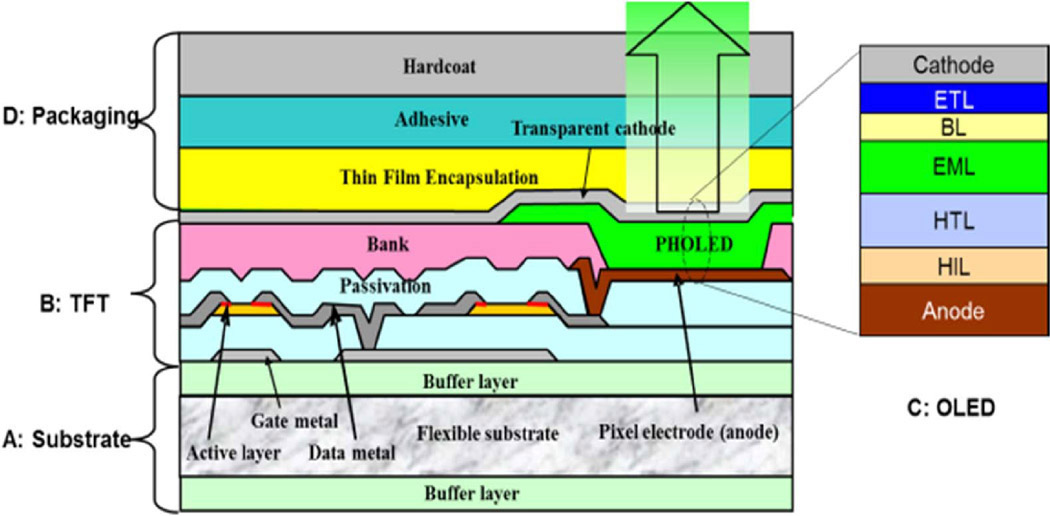Applied Materials Inc. Chief Executive Gary Dickerson spent 18 months promoting an acquisition that would have created a $29 billion technology giant, only to be foiled by the U.S. Justice Department’s antitrust division. Now he has to sell another plan, one that exploits some major changes affecting makers of computer chips.
His Silicon Valley company, which makes machines that help churn out the silicon brains of devices from smartphones to supercomputers, is using an industry trade show this week to try to persuade analysts that Applied will be just as well off without merging with fellow tool-maker Tokyo Electron Ltd. His plan rests in part on an assumption that the 48-year-old firm’s new production systems, which are being unveiled Monday at the Semicon West trade show in San Francisco, can grab market share from rival sellers of chip-making equipment.
This strategy underscores broader issues in the market for chips, which are fabricated using multimillion-dollar machines that process plate-sized silicon wafers. Progress in the industry has been driven for 50 years by shrinking the size of transistors and other circuitry, allowing manufacturers to pack more features on chips at a lower cost. But miniaturization alone isn’t boosting computing performance at the rate it once did, and lately some companies haven’t been able to reduce per-transistor costs as in the past.
“What keeps customers up at night are these inflection points,” Mr. Dickerson said. “For them it’s really life or death.”
So chip makers are trying new ways to boost the speed and data-storage capacity of their products, using techniques that Mr. Dickerson believes play to the strengths of Applied’s tools.
Growth may not come easily. Many manufacturers, including giant Intel Corp., are trying to cut back on equipment purchases amid weak demand for products like personal computers, which rely on the latest chips.
Researchers at Gartner Inc. plan to release a new forecast this week for spending on wafer-processing equipment in 2015, putting sales roughly flat at $33.7 billion. That’s a downward revision from a forecast in April of 5% growth, and it was caused by currency-exchange issues affecting big tool makers in Europe and Asia. Gartner expects the market to decline 3.5% in 2016.
Applied, the biggest maker of such equipment, has tried to minimize the effects of the industry’s cycles by adding gear to make liquid-crystal displays and solar panels. Its boldest bid to grow faster than the market was a $9.3 billion stock-swap deal for Tokyo Electron announced in September 2013, the same month Mr. Dickerson assumed the CEO position.
Acquiring that company—which was No. 3 in the market by revenue—would have given Applied both entirely new machines and similar systems for different stages of chip making, Mr. Dickerson said. He went so far as to move his family to Tokyo to prepare to lead the combined firms.
But Justice Department officials, after a lengthy investigation, concluded the combination would reduce competition to develop future tools. Applied abandoned the deal in late April; its shares fell 8% on the day of the announcement, and they are off 25% since the start of the year.
Romit Shah, an analyst at Nomura Securities, said that investors who bought Applied shares because of the merger potential are gradually selling their positions. Current stockholders are waiting for what Mr. Dickerson and other Applied executives may disclose at a meeting with analysts Monday afternoon, he said, including potential revenue targets and cost-cutting moves.
One of the biggest changes Mr. Dickerson is trying to exploit involves the transistors used in microprocessors, which provide calculating power to digital devices. Manufacturers have been racing to follow Intel’s lead in creating a new breed of transistors with fin-like shapes that switch off and on faster.
Meanwhile, makers of the chips called NAND flash memory, used to store data in portable devices, fear the chips will become unreliable if circuitry gets much smaller. So they plan to boost data-storage capacity by stacking relatively large transistors in 32-to-64 layers.
These changes, analysts say, favor companies that make tools that add or subtract materials on wafers. One particular focus is etching, the process of removing silicon and other materials for purposes such as shaping transistors and cutting grooves for microscopic wiring on chips.
Lam Research Corp. leads the market for etching equipment, a field where Applied long struggled, said Dan Hutcheson, an analyst at VLSI Research. But he estimated that Applied’s market share in etching has risen from 11% in the 2012 first quarter to 21% in this year’s like period. VLSI said Lam’s share declined to 41% from 45% over that period.
On Monday, Applied expects to formally introduce an etching machine called Centris Sym3 to help accelerate its market-share push. Early sales indicate the system, which has already begun shipping to customers, “is the fastest-ramping product in the history of Applied,” Mr. Dickerson said. The company is also introducing a new system for a process called atomic layer deposition.
Lam doesn’t sound worried. Doug Bettinger, its executive vice president and chief financial officer, insists that its market share has grown in the past two years, and he said his company would also benefit from the technology trends Applied hopes to capitalize on. Lam has scheduled its own analyst meeting Tuesday at Semicon West.
“Customers come to us with their biggest etching challenges,” Mr. Bettinger said.









